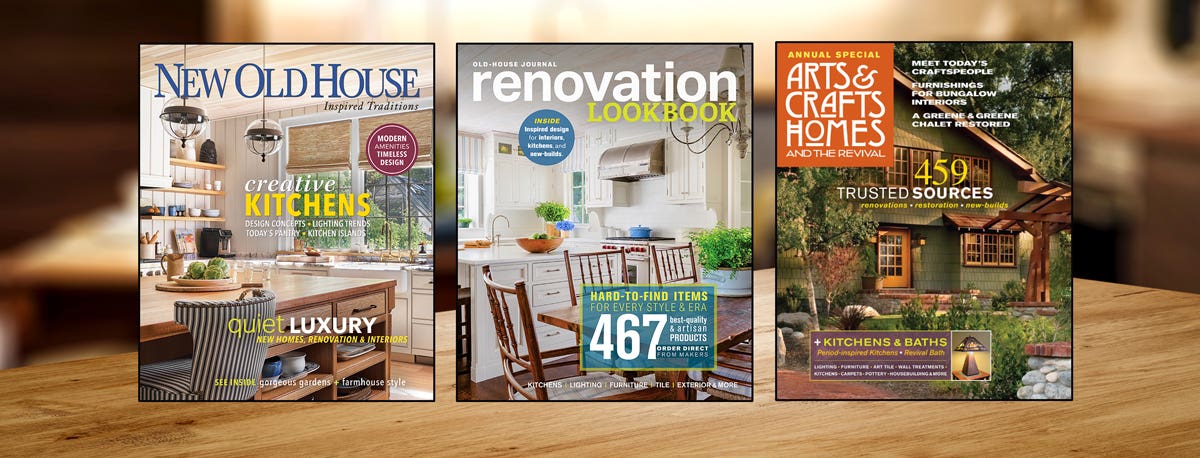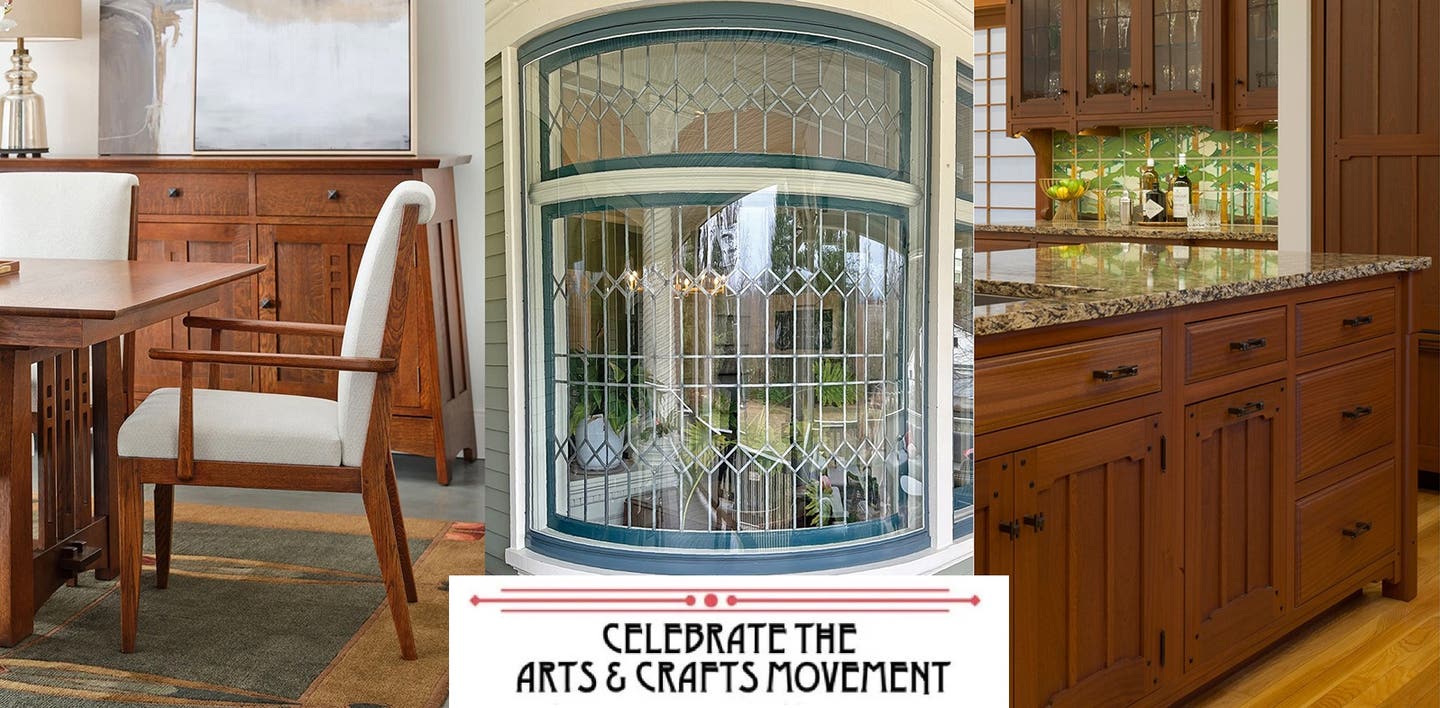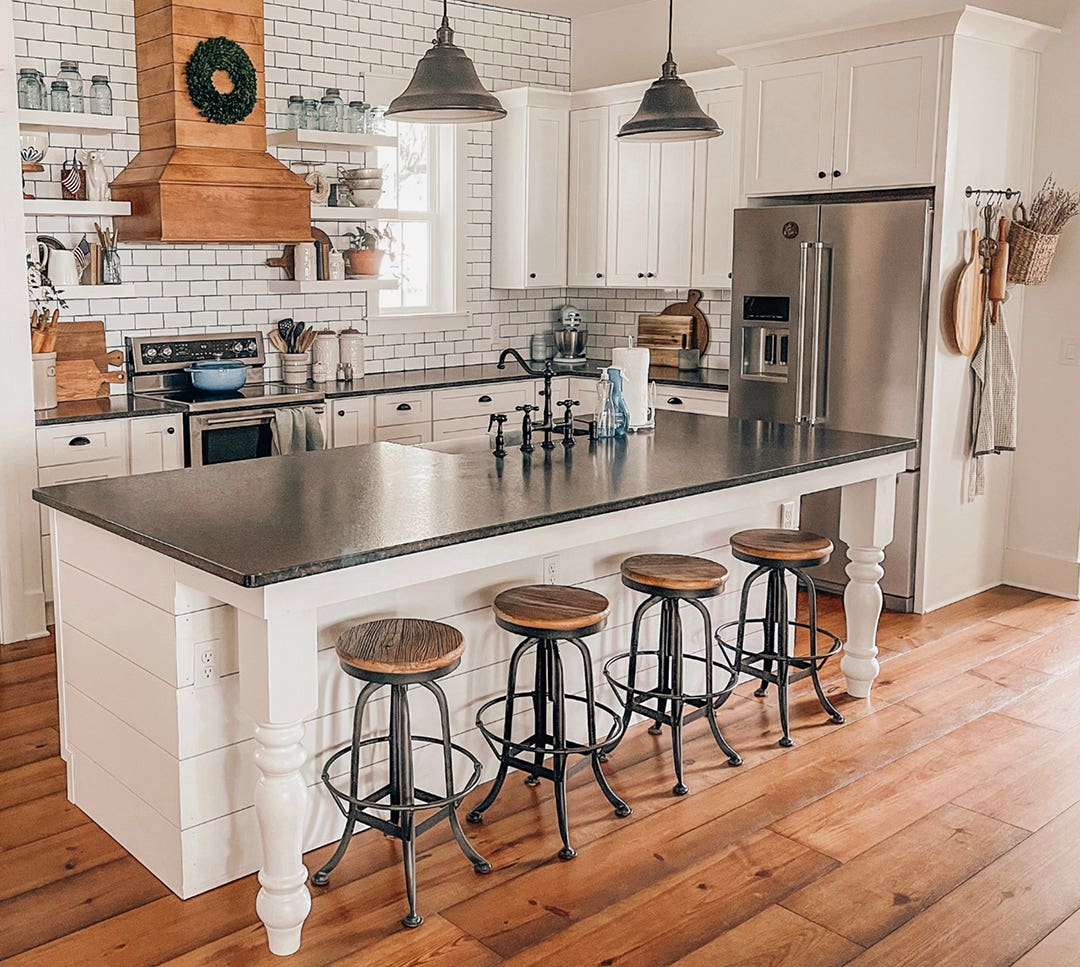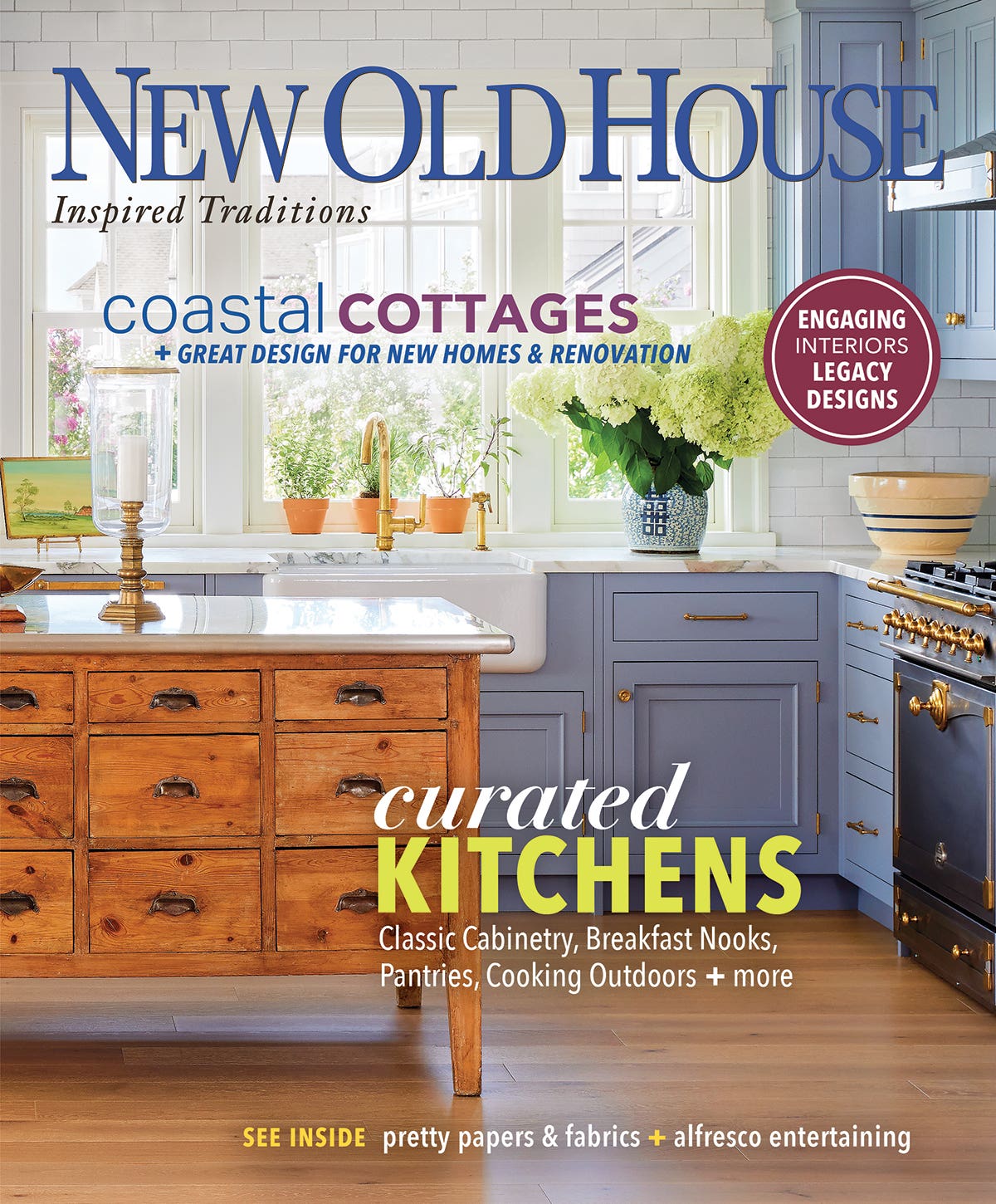Colors for Bungalows
I asked John Crosby Freeman, “the color doctor,” to write about the iconic color schemes long used for bungalows and Arts & Crafts houses.
A Note from the Editor:
I asked John Crosby Freeman, “the color doctor,” to write about the iconic color schemes long used for bungalows and Arts & Crafts houses.
I was working on the Spring issue, but of course we prepared it during the worst of the winter. One day, when the overcast was high and a light pretty snow seemed to come up from the beach, Lori and I looked at the view from our office window and remarked on the transcendence of the black-and-white photo outside. Then the overcast descended and for a week we were in a purgatory of grey, neither day nor night, as if Gloucester were Lapland. So I talked about color with John Crosby Freeman, who is the esteemed historian, writer and publisher, knower of Victorian arcana, and most especially the architectural colors expert and consultant.
I asked him to write about the iconic color schemes long used for bungalows and Arts & Crafts homes. Two things were bugging me: one, the last chocolate and French-vanilla house in the neighborhood had been over-painted a dim white. I didn’t care for the brown but this was worse. (I remembered John’s telling me, 25 years ago, that clients were often clueless except to say, “get rid of the brown!”) Two, a simple A&C house around the corner, long painted medium moss-grey-green with lighter trim, got a new owner, who painted the whole thing out pale Colonial grey. Embowered in trees and a bit too tall for its proximity to the curb, the modest house had been a quietly elegant part of the neighborhood, but now it hulks as NOT-a-colonial-but-what.
Meantime I continue to see beautifully done A&C interiors— in houses that outside are painted like shingled white elephants with stone piers.
Subscribe to Arts & Crafts Homes, or pick up an issue at your favorite bookstore or newsstand. Order back issues through the Old-House Bookstore or call (800) 850-7279.
I’d asked John to give us some can’t-lose schemes, even to the point of naming color chips, for those who just want it easy. He agreed, but argued that, this time, classic is a better word than iconic. “As I ponder the distinction,” he emailed, “it seems to me that ‘iconic’ requires a higher level of obedience than ‘classic’. ‘Iconic’ also implies something that is old and remote, while ‘classic’ implies something that has stayed alive and is useful despite the passage of time.” Okay, fellow revivalists: no icon worship!
Patricia Poore,Editor
ppoore@homebuyerpubs.com
10 Harbor Rd., Gloucester, MA 01930
Patricia Poore is Editor-in-chief of Old House Journal and Arts & Crafts Homes, as well as editorial director at Active Interest Media’s Home Group, overseeing New Old House, Traditional Building, and special-interest publications.
Poore joined Old House Journal when it was a Brooklyn-brownstoner newsletter in the late 1970s. She became owner and publisher and, except for the years 2002–2013, has been its editor. Poore founded the magazines Old-House Interiors (1995–2013) and Early Homes (2004–2017); their content is now available online and folded into Old-House Journal’s wider coverage. Poore also created GARBAGE magazine (1989–1994), the first unaffiliated environmental consumer magazine.
Poore has participated, hands-on, in several restorations, including her own homes: a 1911 brownstone in Park Slope, Brooklyn, and a 1904 Tudor–Shingle Style house in Gloucester, Massachusetts, where she brought up her boys and their wonderful dogs.







